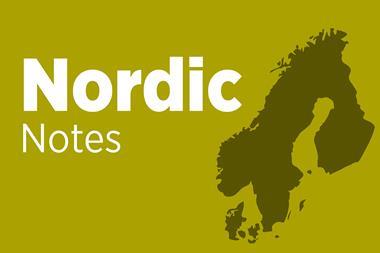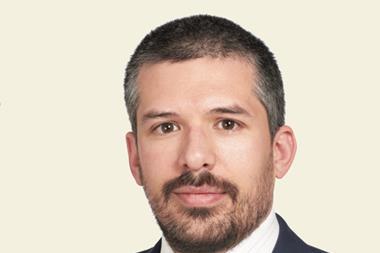Ten years on, it is heartening to finally see some traction in cross-border pensions. Yet the decision by a French pension fund and an insurer to move domicile is not the sign of a healthy, functioning market in occupational pensions, says IPE.
Two factors have prompted the French pension fund UMR Corem and the insurer AG2R La Mondiale to seek a jurisdiction outside France for pension activities. One is the onset of Solvency II and the other, closely related, is the lack of an IORP-compliant regime in France for the provision of second-pillar pensions that would help them avoid the structures of Solvency II.
But the paths to Belgium, UMR Corem's chosen domicile, and Luxembourg, that of AG2R La Mondiale, are not as well trodden. Although there are some 84 cases of existing cross-border pension activity, as reported by EIOPA, the European Insurance and Occupational Pensions Regulator, most of those relate to UK and Irish funds, some of which, in any case, already operated on a cross-border basis due to mutual tax and regulatory recognition. There are a few exceptions, such as the Dutch Pensioenfonds Lugtigheid.
The decision to move domicile is not one that either UMR Corem or AG2R La Mondiale have taken lightly. Indeed, the headwinds are against a move in particular to Luxembourg, which carries unfortunate associations with tax avoidance in much of Europe. And the decisions, it should be emphasised, are certainly not a case of regulatory arbitrage, since there is no French IORP regime to arbitrage against.
In their favour, proximity and linguistic ties make both Belgium and Luxembourg somewhat more attractive for French entities than, say, Ireland or the Netherlands. The lack of a regime for defined contribution or hybrid pensions in the Netherlands is also a handicap.
Belgium, when it created its IORP-compliant OFP (Organisation for Financing Pensions) in 2006, also went to lengths to create a friendly regime for those considering a move. UMR Corem cites the zero taxation on capital gains and VAT exemption for management and financial assets, and for administrative services. It will also be able to select a higher (but in its view still prudent) discount rate. As a result, it says, the Belgian domicile will mean pension payments 20% higher than would be possible in France.
UMR Corem has plans to create a true pan-European pensions vehicle by opening its fund to companies outside France, and already has letters of intent from three Portuguese companies.
But it could be tricky to persuade a French and wider European public and corporate world that a change in domicile and higher discount rate will actually deliver. The taint of regulatory arbitrage has, anecdotally, been an important disincentive for companies looking to switch domiciles from, say, the Netherlands to Belgium, or from the UK to Ireland. This is no less the case in France, with its traditional reliance on the state pillar and mistrust of funded pensions.
Ten years on from the IORP Directive and more than half a decade since member states implemented it, it is heartening that there is finally some traction in cross-border pensions. But the structural factors of the French market and the lack of an IORP regime mean that these two moves, while a welcome boost to the idea of cross-border pensions, are not the sign of a healthy, functioning European market in occupational pensions. They should not give currency to the ideas currently circulating in Brussels to make EIOPA into a macro occupational pensions supervisor enforcing a Solvency II-type regime.
In a way, both UMR Corem and AG2R are taking a winning bet. They would always be able to opt back in to a domestic French regime should one be created, and, in voting with their feet, it is possible that they might move the idea up the policy agenda. If Europe avoids a son-of-Solvency-II regime for pensions, they will also be able to meet their higher benefit projections and everybody wins. If the European Commission does succeed in imposing higher capital requirements on IORPs, then at least they will be thankful not to be working under the full insurance Solvency II regime in France.
This story first appeared in the May issue of IPE magazine












No comments yet